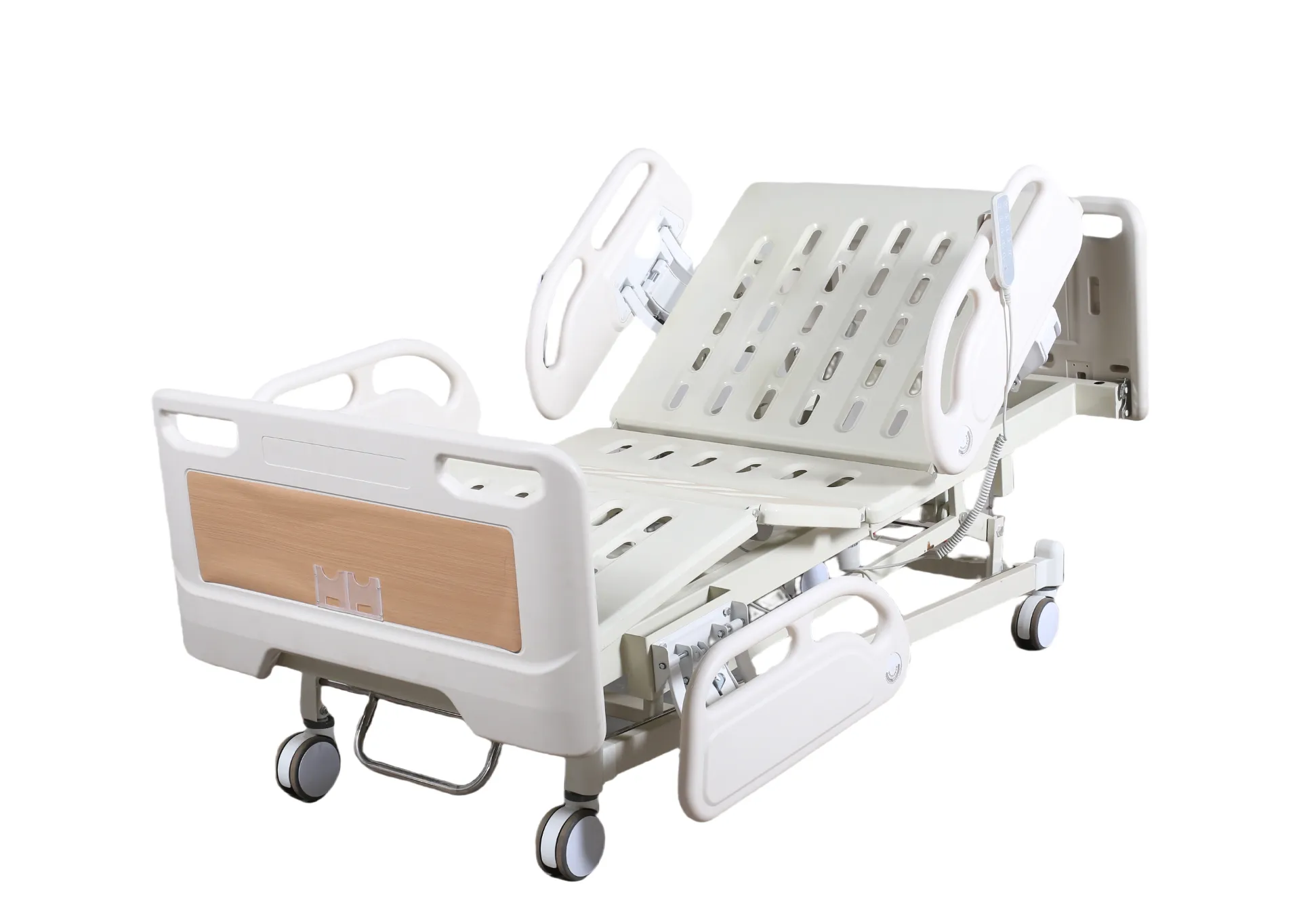Welcome to our websites!
Comfortable Recliners for Hospital Patients and Caregivers to Enhance Recovery and Relaxation
The Importance of Hospital Recliners in Patient Care
In the realm of healthcare, patient comfort is paramount. A great deal of attention is focused on medical equipment and treatment protocols, but one often-overlooked aspect is the environment in which patients recuperate. Hospital recliners play a critical role in enhancing patient comfort and overall wellbeing, making them an essential part of healthcare settings. This article explores the significance, benefits, and features of hospital recliners in providing superior patient care.
Enhancing Patient Comfort
Hospital stays can be stressful and uncomfortable for patients, often leading to feelings of anxiety and isolation. Traditional hospital beds, while functional, are not always designed with comfort in mind. Hospital recliners offer a more inviting alternative, as they provide a sense of normalcy and comfort that can help patients feel more at ease. The ability to adjust the recliner to various positions allows patients to find the most comfortable position for resting, reading, or watching television, thereby improving their overall experience.
Promoting Recovery
Comfort is closely linked to recovery. When patients are comfortable, they are more likely to engage in activities that promote healing, such as physical therapy and social interactions. Hospital recliners often come equipped with adjustable features that enable patients to elevate their legs or recline back at different angles, which can help alleviate pain and reduce the risk of complications such as pressure sores or deep vein thrombosis. The ability to move freely and change positions in a recliner can facilitate better circulation and contribute to faster recovery times.
Supporting Caregiver Efficiency
hospital recliner

Hospital recliners are not only beneficial for patients; they also enhance the work environment for healthcare providers. Most recliners are designed to be easily adjustable, allowing caregivers to assist patients without much hassle. Some models come with features that facilitate patient transfer—for example, they can recline to near-horizontal positions making it easier to help patients into or out of the chair. This ease of use saves time and effort for nurses and caregivers, ensuring they can focus more on providing quality care rather than struggling with equipment.
Design and Functionality
Modern hospital recliners are crafted with both functionality and aesthetics in mind. They are typically made from materials that are easy to clean and are resistant to stains and odors, making them ideal for a healthcare setting. Furthermore, many recliners are designed to be ergonomic, ensuring proper support for the back and neck, which is especially important for patients who may be bedridden for extended periods.
In addition to their health-focused features, many hospital recliners come in a variety of colors and designs, allowing healthcare facilities to create a more welcoming environment. This aesthetic appeal can significantly impact a patient's psychological state, promoting feelings of comfort and safety.
Conclusion
As the healthcare industry continues to evolve, the importance of patient-centered care cannot be overstated. Hospital recliners serve as a vital component of this philosophy, offering comfort, enhancing recovery, and supporting caregiver efficiency. They bridge the gap between medical treatment and emotional wellbeing, creating a healing environment that is conducive to better health outcomes.
In conclusion, investing in high-quality hospital recliners is not merely an upgrade to physical space—it is an investment in the overall quality of care. By prioritizing patient comfort through thoughtful design and functionality, healthcare facilities can foster an atmosphere that promotes healing and enhances the patient experience. As we move towards a more compassionate healthcare paradigm, the humble recliner stands out as a symbol of patient-centered care, underscoring the importance of comfort in the healing process.
-
Transforming Healthcare with Hospital FurnitureNewsJun.24,2025
-
Rehabilitation EquipmentNewsJun.24,2025
-
Mobility and Independence with WheelchairsNewsJun.24,2025
-
Freedom of Mobility with Our Rollator WalkersNewsJun.24,2025
-
Comfort and Independence with Commode ChairsNewsJun.24,2025
-
Bathing Safety and Independence with Shower ChairsNewsJun.24,2025
-
Navigating the Wholesale Landscape of Electric Mobility Solutions: Key Considerations for Power Wheelchair DealersNewsJun.10,2025











